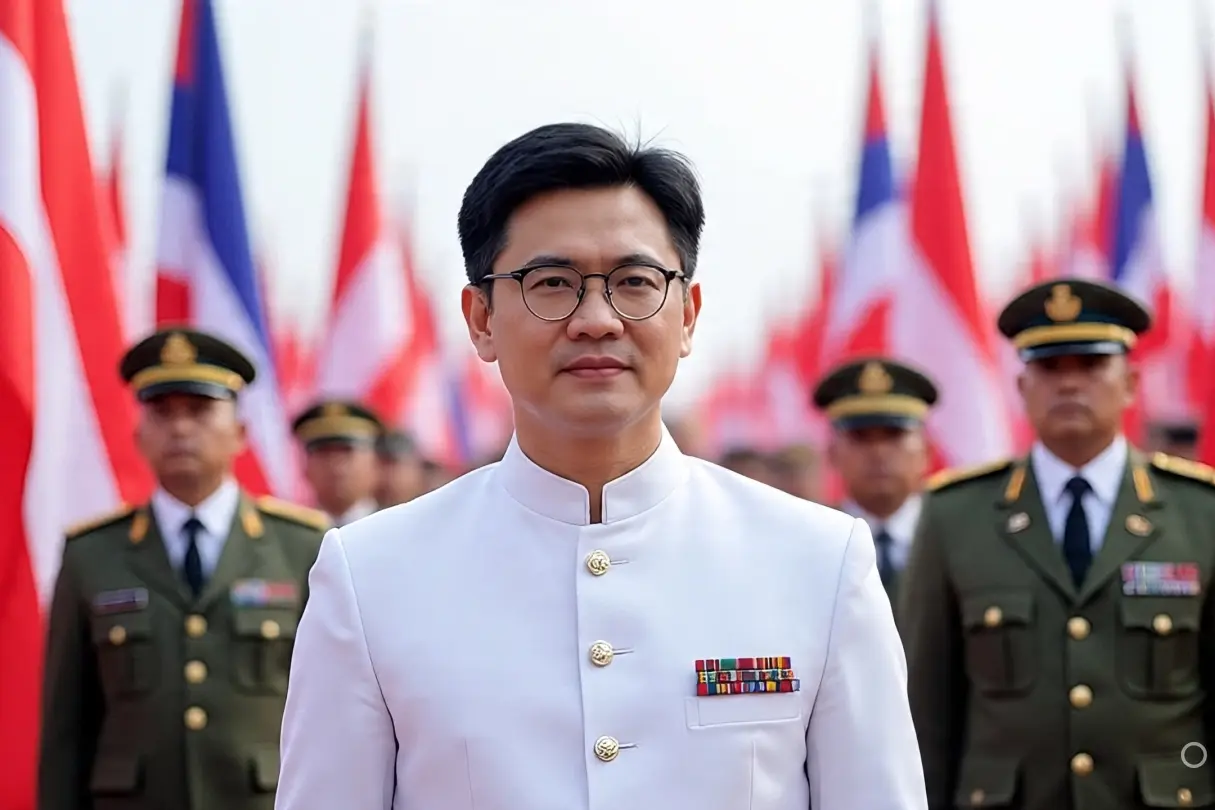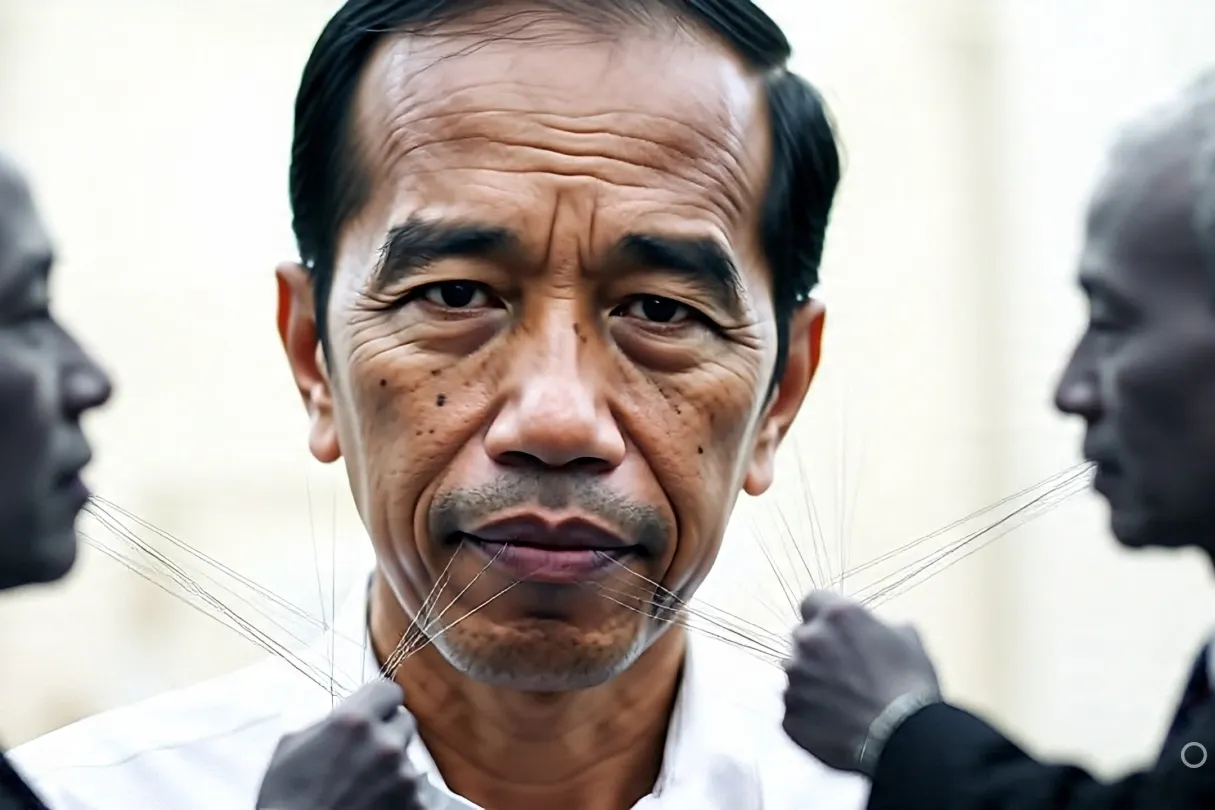🏛️ The Rise of Thaksin Shinawatra: A New Power Center
When Thaksin Shinawatra swept into power in 2001, he wasn’t just another politician—he represented a new kind of political force in Thailand. A billionaire telecom tycoon turned populist, Thaksin promised to shake up the system. And for a while, he did.
- 🏛️ The Rise of Thaksin Shinawatra: A New Power Center
- 👑 Monarchy and Military: The Shadow Power Structure
- 🪖 The 2006 Coup: Official Justification vs. Unspoken Motives
- 🕵️ What Leaked Cables and Academic Analyses Reveal
- ⚖️ Weighing the Theory: Political Challenge or Legitimate Crisis?
- 🗳️ Long-Term Consequences for Thai Democracy
- 🧭 Final Word: Who Holds Power—and Who Decides?
His Thai Rak Thai Party won a landslide victory, backed by rural voters and urban working-class supporters who felt ignored by Bangkok’s traditional elite. He launched sweeping programs:
-
The 30-baht healthcare scheme, granting millions access to affordable treatment
-
Village development funds that pumped cash into rural economies
-
Debt relief for farmers
-
A hardline war on drugs, controversial but wildly popular
By 2005, Thaksin had become the first Thai prime minister to complete a full term, and his party won another overwhelming majority.
But that same popularity—and the control it gave him—made him a threat to established centers of power, including the military, the judiciary, and most delicately, the monarchy.
👑 Monarchy and Military: The Shadow Power Structure
In Thailand, power is never fully held by elected officials. Since the end of absolute monarchy in 1932, the country has developed a “twin pillar” political model—elected governments on one side, and entrenched royalist-military networks on the other.
The monarchy, particularly under King Bhumibol Adulyadej (Rama IX), enjoyed immense moral authority, even if it wielded little formal power. The military, meanwhile, positioned itself as the protector of the monarchy, stepping in repeatedly through coups to “restore order.”
This network—known in Thai political analysis as the “network monarchy”—operated behind the scenes, quietly influencing institutions, court rulings, and public narratives.
Thaksin’s critics accused him of:
-
Centralizing too much executive power
-
Weakening independent agencies
-
Undermining institutions traditionally aligned with royalist interests
But others argue that his real crime wasn’t corruption—it was encroaching on the invisible boundaries of royal influence.
🪖 The 2006 Coup: Official Justification vs. Unspoken Motives
On the night of September 19, 2006, while Thaksin was attending a UN meeting in New York, tanks rolled into Bangkok. The military, led by General Sonthi Boonyaratglin, declared martial law and announced the formation of a Council for Democratic Reform under the Constitutional Monarchy.
📜 The official reasons for the coup:
-
Allegations of corruption and abuse of power
-
Accusations of disrespect for constitutional checks and balances
-
“Dividing the nation” and undermining public unity
-
Disrespect for the monarchy (without direct elaboration)
Thaksin’s sale of his family’s shares in Shin Corp to Singapore’s Temasek Holdings earlier that year sparked massive protests, as critics claimed he dodged taxes and sold national assets to foreigners.
Yet critics of the coup note that no formal corruption charges stuck at the time of his removal. The push seemed political, not legal.
🕵️ What Leaked Cables and Academic Analyses Reveal
While Thai laws restrict public discussion of the monarchy’s political role, international leaks and scholarship have provided glimpses into what may have happened behind closed doors.
📁 U.S. diplomatic cables released by WikiLeaks (2006–2010):
-
Senior royal advisers expressed discomfort with Thaksin’s influence
-
Some cables reported concerns that Thaksin was seen as trying to “eclipse the monarchy”
-
U.S. diplomats noted that King Bhumibol appeared to tacitly support the coup, or at least did not oppose it
📚 Academic studies, including those by Duncan McCargo and Pavin Chachavalpongpun, argue:
-
Thaksin’s grassroots popularity challenged the traditional legitimacy of the monarchy-centered elite
-
His moves to control the police, bypass royal-linked NGOs, and strengthen the executive were seen as threatening
-
He made public appearances that broke royal protocol, such as walking ahead of the king in ceremonies—seemingly minor gestures that carried deep symbolic weight
These findings suggest that the coup may have been less about legal misconduct, and more about preserving an elite structure threatened by democratic populism.
⚖️ Weighing the Theory: Political Challenge or Legitimate Crisis?
So, was the 2006 coup truly about protecting Thai democracy—or about protecting the invisible limits of royal authority?
Here’s what we know:
✅ Evidence supporting the theory:
-
Thaksin’s populist governance shifted power away from elite institutions
-
Royal-linked networks had deep influence in the judiciary, military, and media
-
No hard proof of criminal wrongdoing was presented prior to the coup
-
Leaked documents suggest royal discomfort with Thaksin’s dominance
❌ Evidence complicating the theory:
-
Thaksin’s authoritarian tendencies—media suppression, human rights abuses during the drug war—were real concerns
-
His critics included not just elites, but urban middle-class Thais, activists, and NGOs
-
The monarchy never explicitly endorsed the coup, at least not publicly
The truth likely lies in a complex convergence of legal, political, and cultural tensions. The coup was not a spontaneous military move—it was months in the making, with tacit backing from sectors that saw Thaksin as a disruptive force.
🗳️ Long-Term Consequences for Thai Democracy
The 2006 coup reshaped Thai politics for the next two decades.
-
Thaksin was banned from politics and later convicted in absentia.
-
His allies—through People Power Party, Pheu Thai, and others—continued to win elections, only to face more judicial blocks and another coup in 2014.
-
The military rewrote the constitution, further entrenching unelected power through the Senate and appointment systems.
-
Public trust in democratic processes eroded, as people saw elections continually overruled by courts or tanks.
-
The monarchy’s role, once seen as apolitical, came under new scrutiny—especially among younger generations who now openly question royal influence.
Today’s youth-led protests, often calling for reform of both the military and the monarchy, can trace their roots back to 2006, when an elected leader was removed not by ballot, but by command.
🧭 Final Word: Who Holds Power—and Who Decides?
The 2006 coup was more than just a reaction to a controversial leader—it was a struggle over who gets to wield real power in Thailand. While the narrative of corruption offered a legal justification, the deeper tensions were about identity, legitimacy, and the limits of democratic rule.
Thaksin’s rise symbolized a shift toward majoritarian politics, while his fall signaled the guardrails imposed by entrenched royalist institutions. Whether one sees him as a reformer or a power-hungry strongman, the fact remains: his challenge to Thailand’s power structure provoked a reaction that changed the country’s course.
And until those power dynamics are openly addressed, Thailand will continue to walk a delicate line between democracy and deference.




